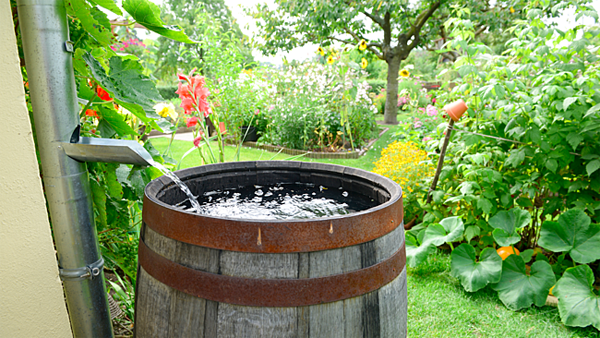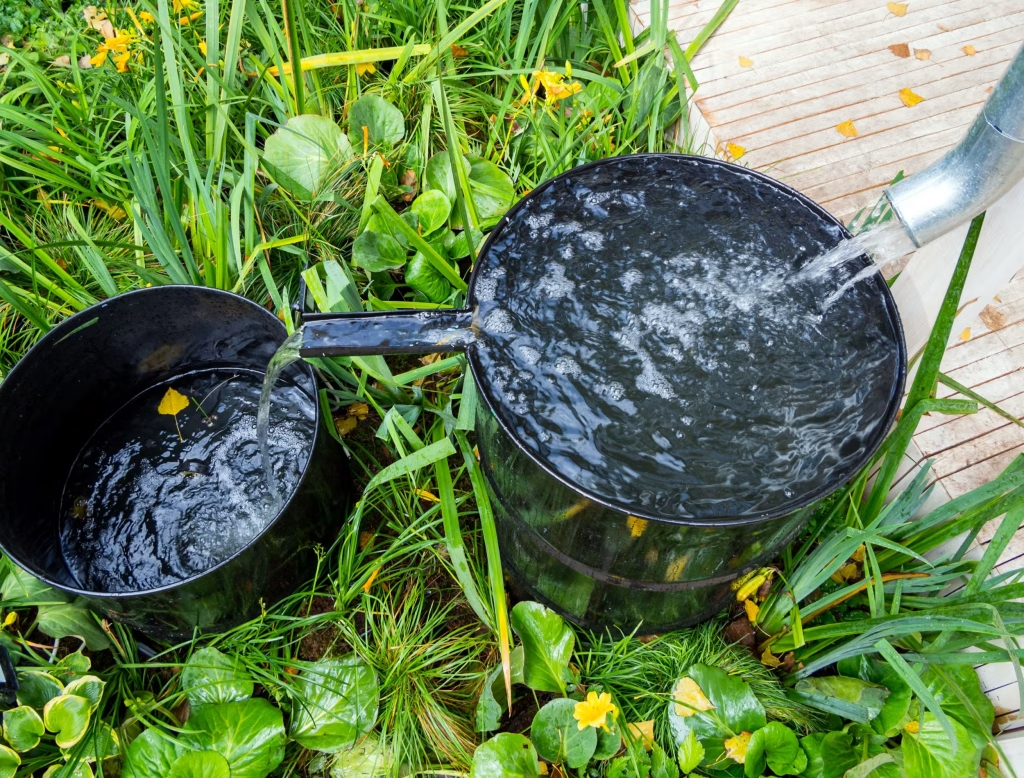How to Redirect Rainwater to Help Your Landscape Thrive
By Innovation Grounds
Redirecting rainwater isn’t just about avoiding puddles or preventing basement leaks — it’s a powerful way to nourish your landscape, conserve water, and support a healthy ecosystem. Whether you’re dealing with heavy downpours or intermittent showers, capturing and redirecting rainwater can transform your yard into a self-sustaining oasis.
In this post, we’ll explore how to redirect rainwater effectively, highlight practical tools and methods, and offer tips to make your landscape more resilient and environmentally friendly.
Why Redirect Rainwater?
When rainwater isn’t properly directed, it can cause erosion, damage plant roots, flood low-lying areas, and carry pollutants into storm drains. By managing rain runoff wisely, you can:
Reuse water naturally for your garden
Reduce dependence on irrigation systems
Prevent soil erosion and waterlogging
Improve plant health and growth
The best part? Redirecting rainwater is easier than you might think, and it doesn’t require a huge budget.
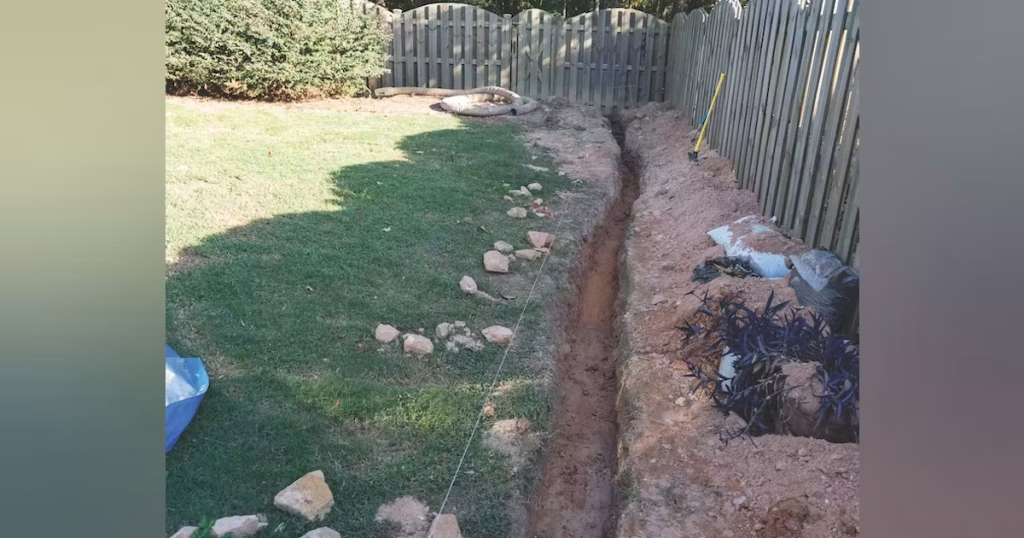
Assess Your Landscape’s Water Flow
Before installing any drainage or collection systems, spend time observing your yard during rainfall. Identify:
Low spots where water pools
Slopes that guide runoff
Roof downspout locations
Bare patches where erosion occurs
This helps you determine where water should be captured or redirected for maximum benefit.
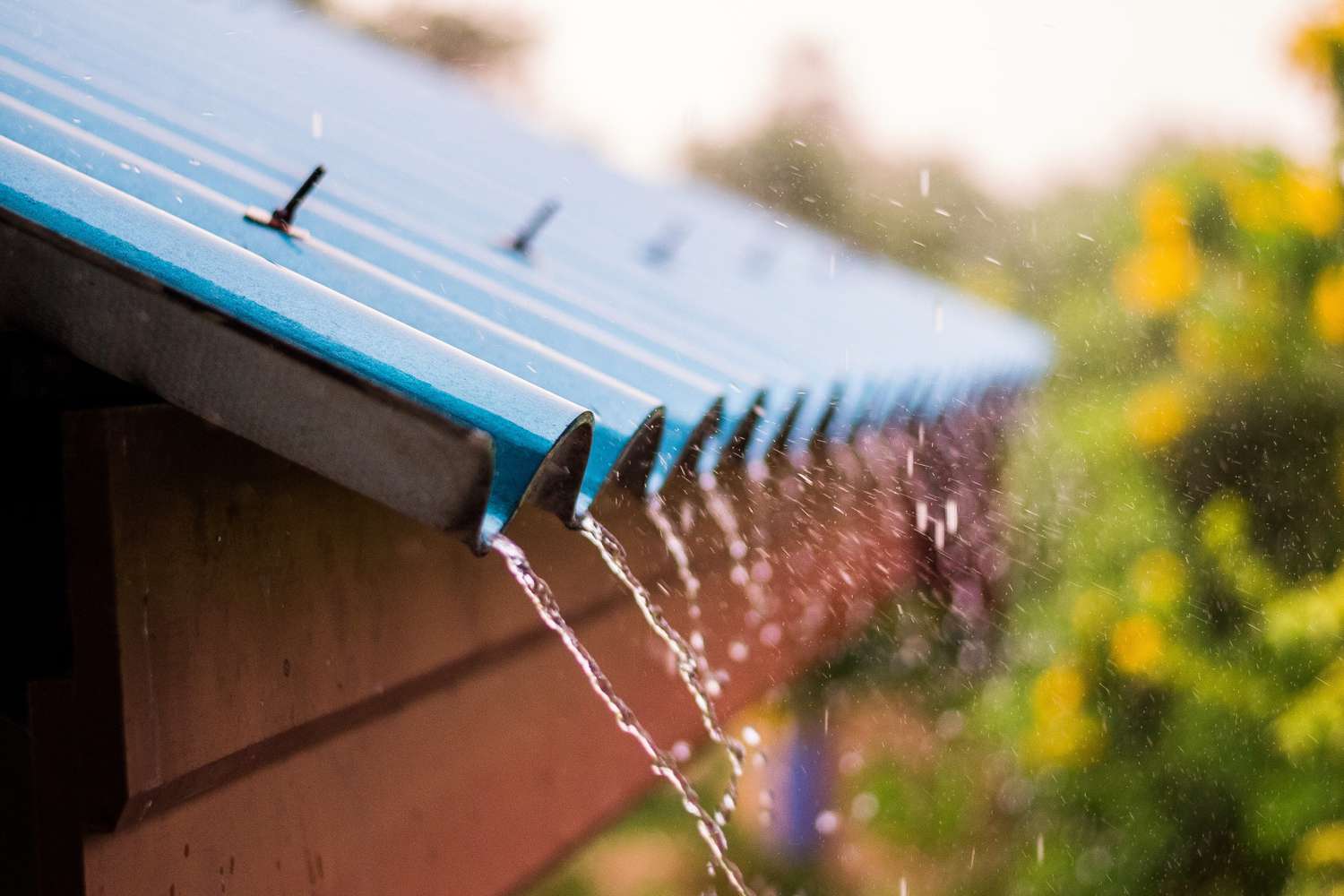
Install Rain Barrels at Downspouts
One of the most accessible and eco-friendly tools for redirecting rainwater is a rain barrel. These containers collect runoff from your roof, usually via a gutter downspout. The stored water can later be used to water plants, clean tools, or wash patios.
Tips for installing rain barrels:
Use a mesh screen to prevent debris and mosquito breeding
Elevate the barrel for better pressure
Attach a soaker hose or spigot for easy use
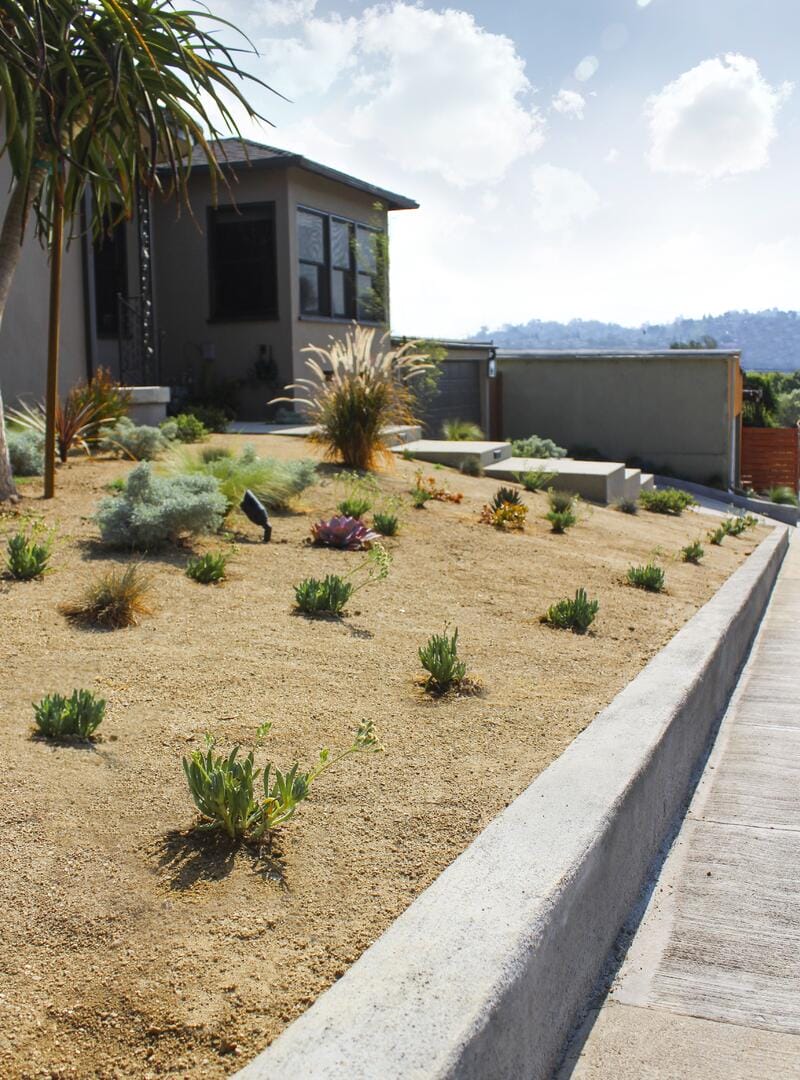
Create a Rain Garden
A rain garden is a shallow, planted basin that collects and filters rainwater. It’s an excellent solution for areas where water naturally pools.
Why rain gardens help your landscape thrive:
Native plants filter runoff and remove pollutants
Deep-rooted species absorb water efficiently
Reduces runoff entering storm drains
Place your rain garden at least 10 feet away from your home’s foundation and choose plants suited for your climate and soil type.
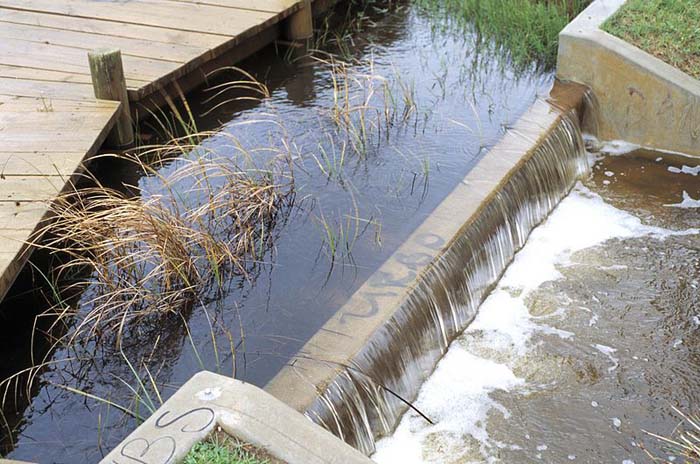
Use Swales and Berms to Channel Water
Swales are shallow, sloped ditches that move water across your yard slowly, giving it time to soak into the ground. Berms are small mounds of soil used to block or redirect water flow.
Together, swales and berms:
Prevent erosion on sloped properties
Direct water to specific planting areas
Recharge groundwater naturally
Line your swale with gravel or grass to slow down water and avoid creating a muddy mess.

Permeable Paving Options
Replacing impermeable surfaces (like concrete driveways or walkways) with permeable pavers can drastically improve rainwater absorption. These materials allow water to seep into the ground rather than run off into storm drains.
Popular permeable options include:
Gravel or decomposed granite
Interlocking pavers with wide joints
Porous concrete or asphalt
This simple swap can reduce flooding risks and keep your plants hydrated longer.
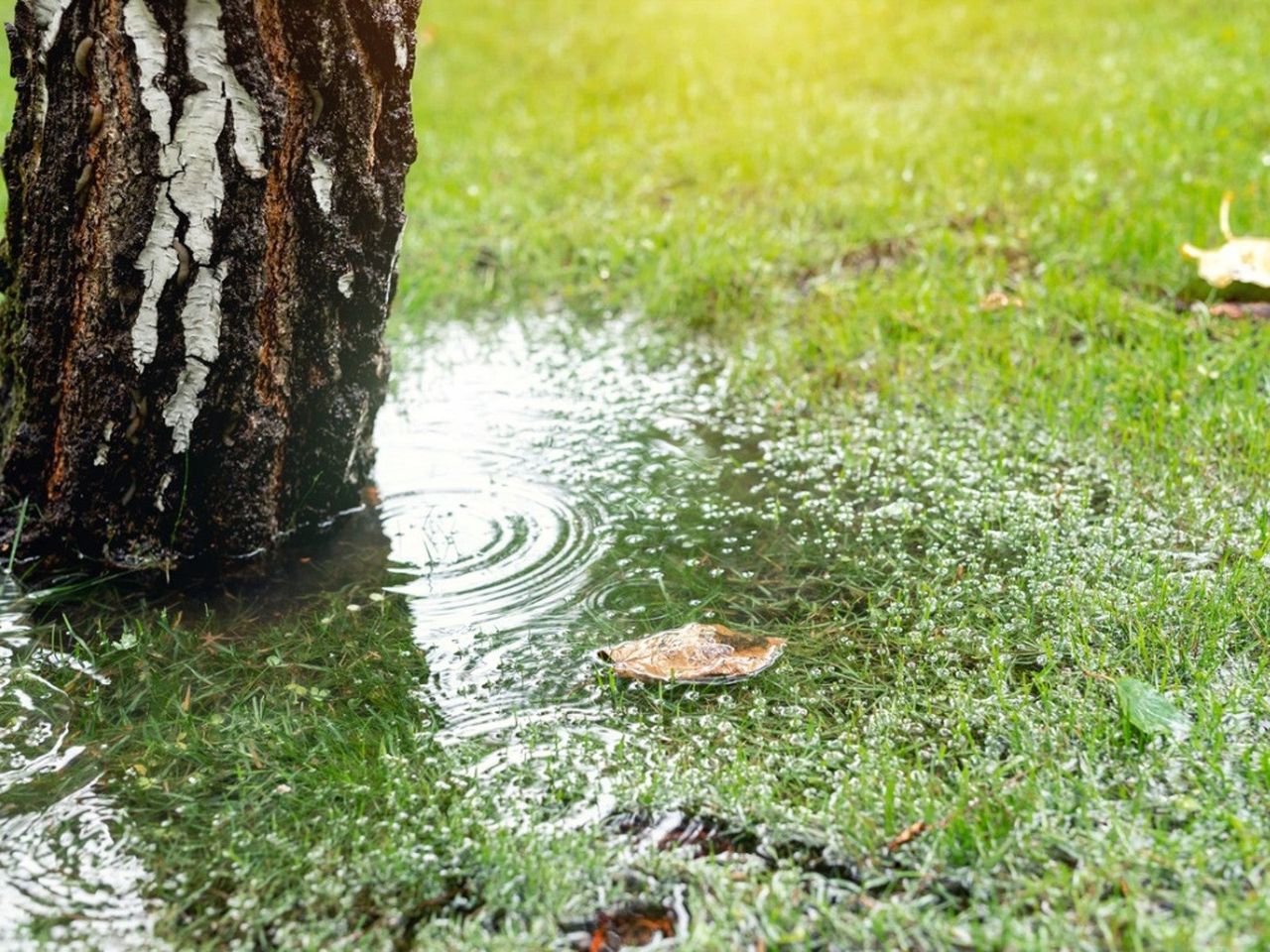
Dry Creek Beds for Aesthetic Drainage
A dry creek bed is a decorative trench filled with stones that mimics a natural stream. It’s both functional and beautiful, guiding rainwater across your yard while adding visual interest.
Tips for creating a dry creek bed:
Dig a shallow trench following the natural water flow
Add landscape fabric to prevent weed growth
Layer with river rocks and boulders for visual appeal
Pair it with native grasses or ornamental shrubs to create a lush, well-drained feature.
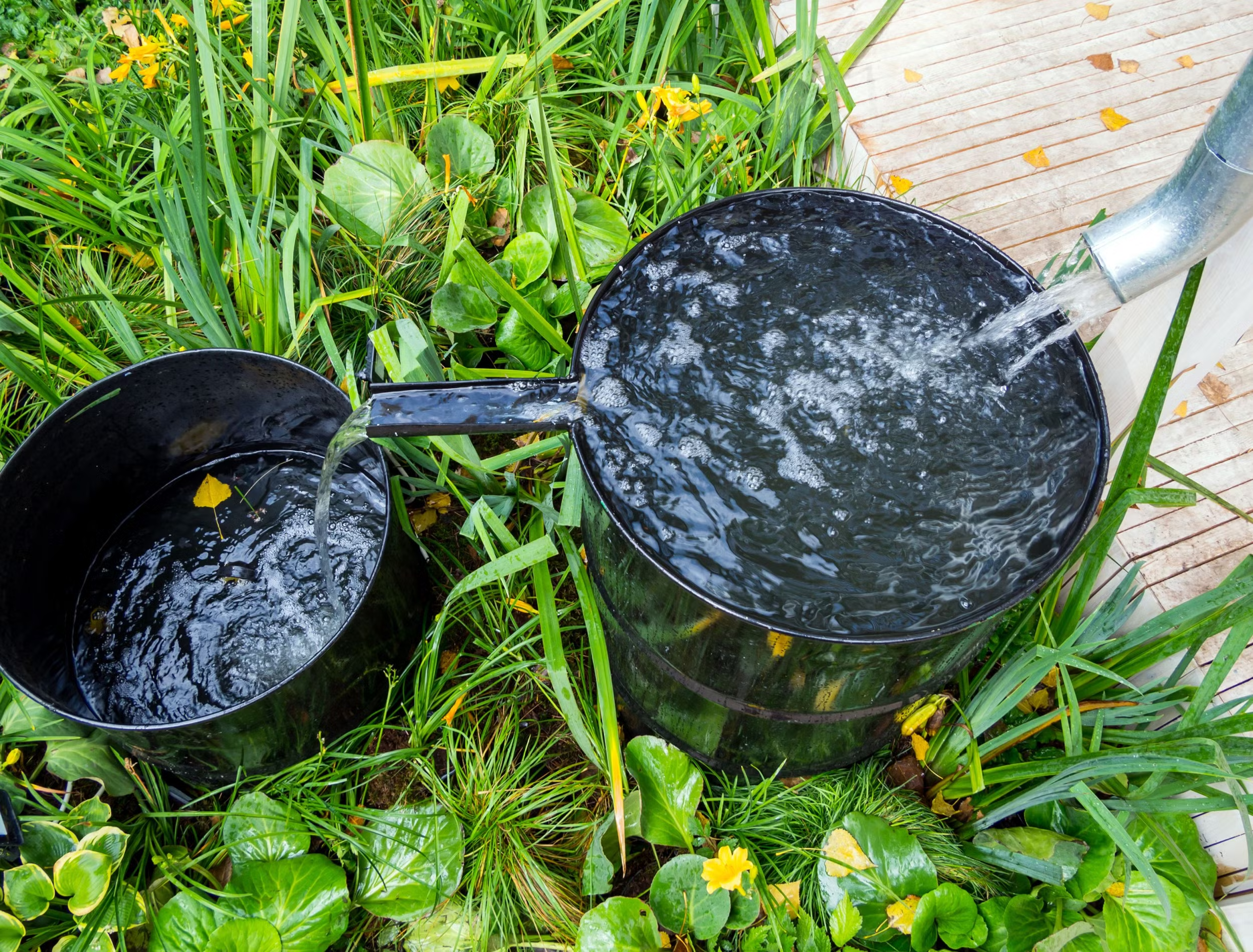
Mulch to Retain Moisture and Control Erosion
Organic mulch — like bark chips, pine needles, or straw — plays a crucial role in managing rainwater. It helps:
Retain moisture in the soil
Prevent surface runoff
Protect plant roots from erosion
Apply a 2–4 inch layer around plants, avoiding direct contact with stems or trunks.
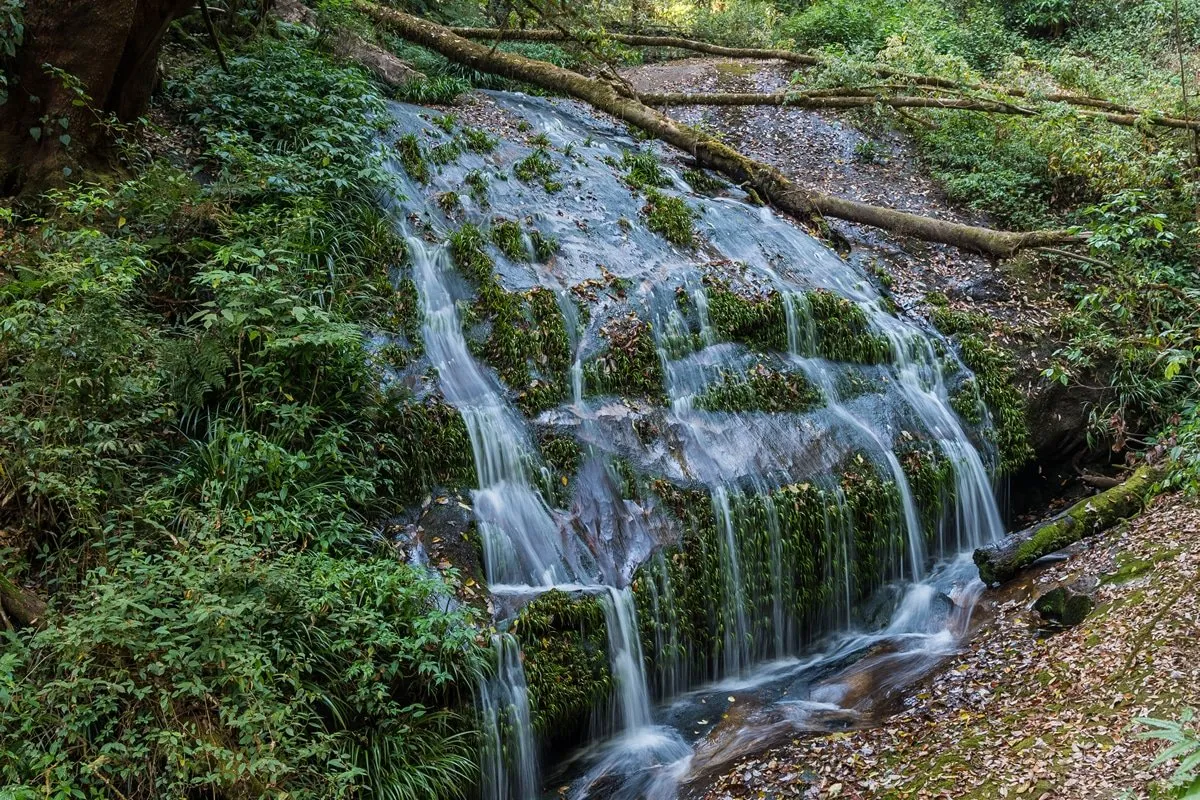
Conclusion: Let Rainwater Work for You
Redirecting rainwater is more than a drainage solution — it’s a way to build a smarter, more sustainable landscape. With the right systems in place — like rain barrels, rain gardens, swales, and permeable paving — you can turn every rainy day into an opportunity for growth.
By integrating these strategies, you’ll not only help your landscape thrive but also support your local environment and reduce your reliance on municipal water. Start small, and you’ll see a big difference.
